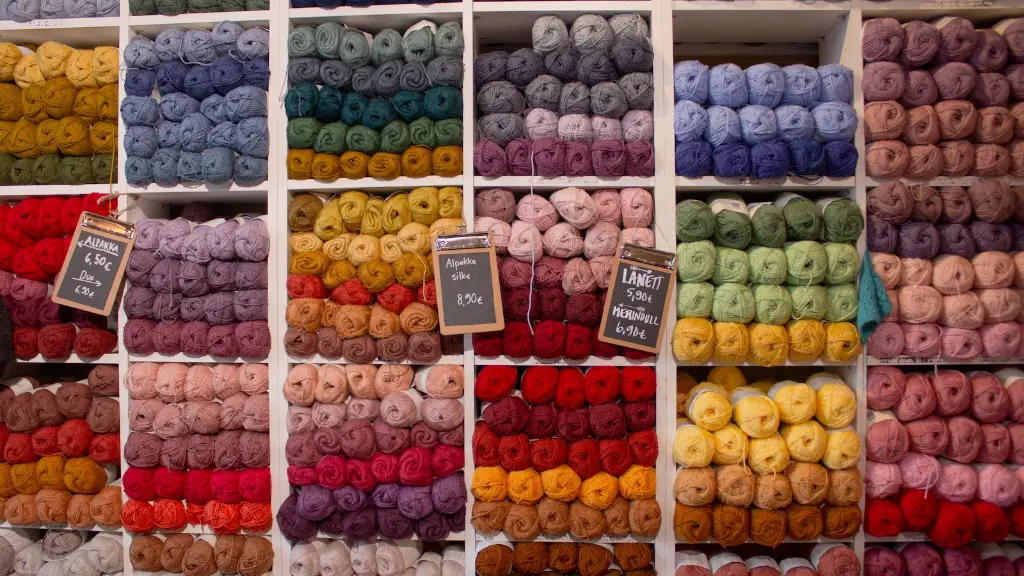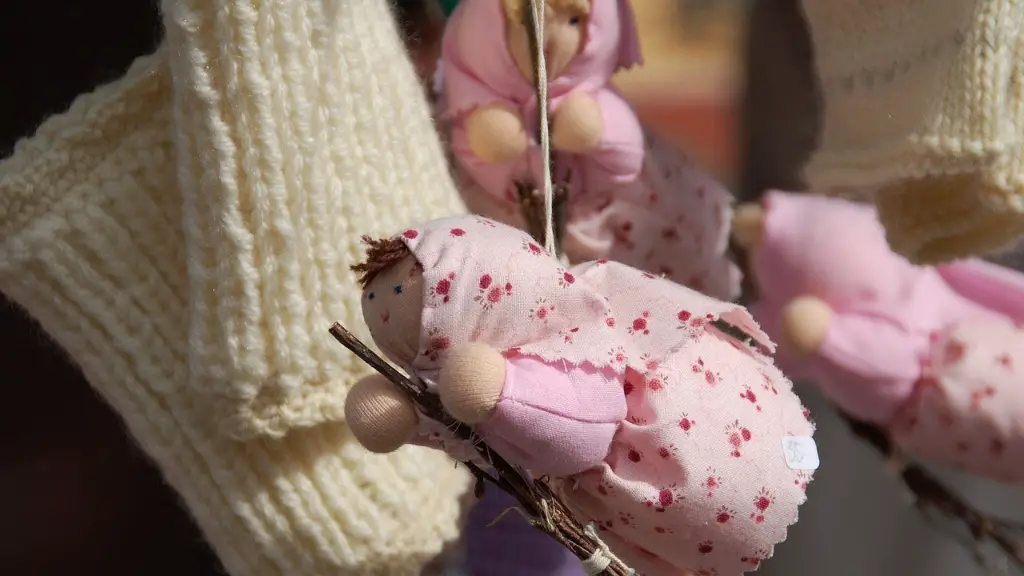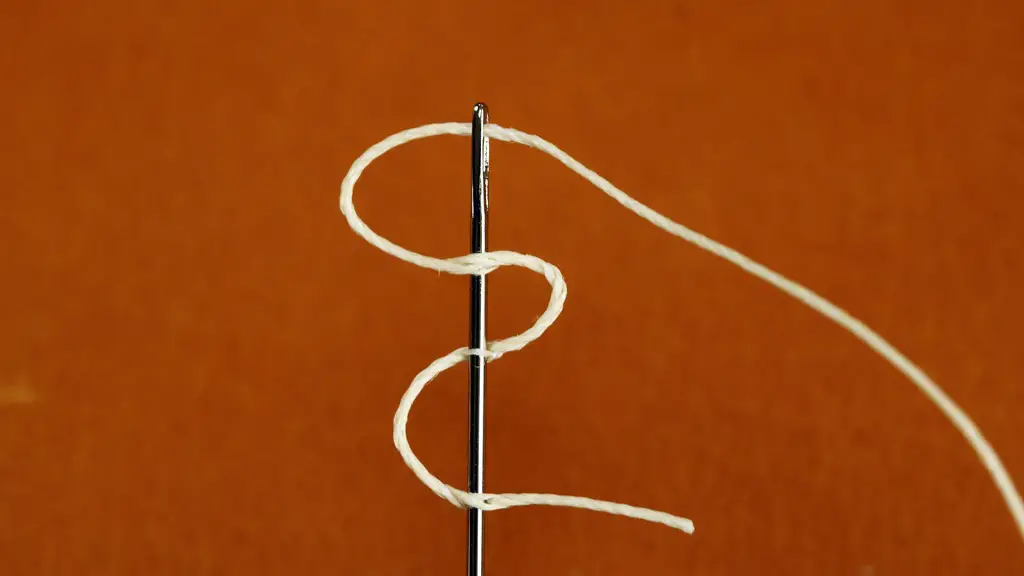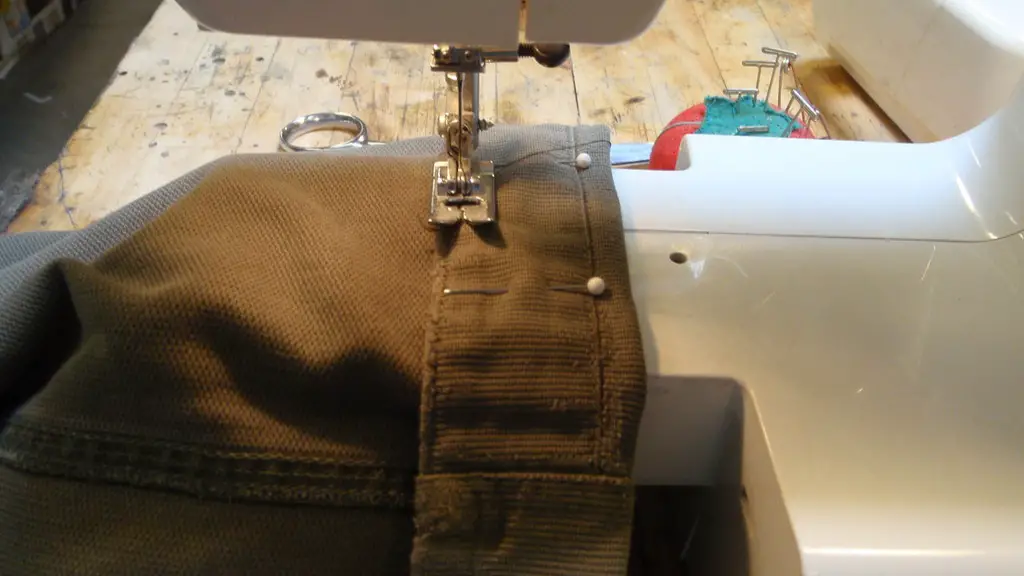Introduction
Threading a sewing machine can seem intimidating, but it doesn’t have to be. The Singer Simple Sewing Machine may be a basic model, but it is still just as important to thread it correctly in order to sew properly. In this article, we’ll look at the steps to thread a Singer Simple, with some extra tips and tricks to make the process a little easier.
Step 1: Preparing the Machine
The first step of threading a Singer Simple is preparing the machine itself. This includes raising the presser foot, loosening the tension disk, and threading the spool pin. Raising the presser foot ensures that the bobbin thread won’t get in the way, and it also makes it easier to see the threading path on the machine. Loosening the tension disk makes it easier to thread the needle as well. To thread the spool pin, simply place the thread spool on the pin and pull the thread through the hole in the top.
Step 2: Threading The Needle
Once the machine is prepped, it’s time to thread the needle. If the needle has a large eye, thread from the back to the front. If the needle has a small eye, thread from the front to the back. Once the thread is through the eye of the needle, pull about 6 inches of thread and then cut it with the built-in thread cutter.
Step 3: Threading The Bobbin
The next step is threading the bobbin. This can be done by following the markings and diagrams on the machine. Start by pulling the thread from the bobbin through the slot near the bobbin, and then pass it through the marker with the thread guide and then down to the tension spring. Then, wrap the thread around the tension wheel a few times and place the bobbin in the bobbin holder, making sure not to let go of the end of the thread.
Step 4: Pulling The Thread Through The Machine
Once the bobbin is threaded, begin pulling the thread through the machine. Start by pulling the thread through the take-up lever, and then going under the presser foot. Finally, pass the thread to the right side of the machine and bring it up and down the tension discs, pull it through the needle’s eye, and then cut any excess thread.
Troubleshooting Threading Problems
If you’re having trouble threading your Singer Simple, there are a few troubleshooting tips that can help. Make sure the presser foot is up, as this will make it easier to thread the needle. Also, make sure the thread is going through the tension discs in the correct order – if it is not, your seam will come out too tight or too loose. Finally, make sure the thread is not too tight when pulling it through the needle – only pull it tight enough to make sure it is secure.
Learning How To Thread The Machine
Learning how to thread the Singer Simple may seem intimidating at first, but with a little practice and patience, you’ll be able to do it quickly and easily. Start by practicing the steps above each time you use the machine, and soon you’ll be threading like a pro.
Advanced Sewing Techniques
Once you become comfortable with the basics of threading and sewing, there are a few advanced techniques that you can use to improve your sewing. For example, you can use special decorative stitches to make your clothes look more unique. You can also practice reverse stitching and topstitching to make your seams look more professional. Learning these techniques takes some practice and patience, but they will help you create more unique and attractive garments.
Maintenance and Caring For Your Machine
Taking care of your Singer Simple Sewing Machine is important if you want it to last and function properly. Make sure to store it in a safe, dust-free environment, and clean it after each use. Additionally, make sure to change the needle and thread regularly, as this will help keep your machine running smoothly. And of course, remember to give your machine regular oiling so that all the moving parts are running properly and smoothly.
Alternative Sewing Methods
In addition to learning how to thread your machine, it is also beneficial to learn about other sewing methods. For example, hand sewing, machine embroidery and quilting can all be used to create beautiful and unique garments. Learning about different sewing methods is a great way to take your sewing skills to the next level and diversify your projects.
Accessorizing Your Machine
You can also accessorize your Singer Simple Sewing Machine to make it more efficient and extend its capabilities. Sewing machine feet are a great way to customize your machine and make it easier to sew different types of fabric. Adding a walking foot or a specialized foot for quilting or embroidery can help you to stitch more accurately and efficiently.
Using Fabric and Notions
Picking the right fabrics and notions is essential to sewing successful garments. High quality fabrics should be strong, comfortable and easy to handle. Using the right notions is also important, as they will help create professional-looking seams. Make sure to use the correct type of thread for your projects, as some fabrics require special types of thread.
Practicing for Projects
Practice makes perfect when it comes to sewing, and it’s important to practice before starting any projects. You can practice your stitching on scrap fabric or old clothes, and make sure to pay close attention to your tension. This will help you to become familiar with the types of stitches your machine can make and to make sure you understand the different settings.
Storing Your Sewing Supplies
Organizing your sewing supplies is also essential to successful sewing. Having all your supplies in one place will make it easier to find what you need when you need it. Investing in storage containers and proper labeling will make it easier to keep track of your supplies and your projects.



